Maintaining a healthy lifestyle starts with the choices we make every day. One of the most impactful decisions is what we put on our plates. A balanced diet plays a vital role in supporting overall health, especially when it comes to cardiovascular well-being. By focusing on nutrient-rich options, we can positively influence our heart and reduce risk factors associated with elevated levels.
According to the USDA, incorporating 2 cups of fruit and 3 cups of vegetables daily can make a significant difference. These guidelines are not just numbers; they are a pathway to better health. From potassium-packed bananas to fiber-rich leafy greens, every bite counts. I’ve spent years exploring evidence-based recommendations to help you make smarter food choices that benefit your body and mind.
In this article, I’ll share insights on nutrient-dense options and practical cooking techniques. Together, we’ll uncover how small changes can lead to big improvements in your well-being.
Key Takeaways
- A balanced diet is essential for cardiovascular health.
- USDA recommends 2 cups of fruit and 3 cups of vegetables daily.
- Nutrient-rich foods like bananas and leafy greens support heart health.
- Smart cooking techniques can enhance the benefits of healthy eating.
- Small dietary changes can lead to significant health improvements.
Understanding the Connection Between Food and Blood Pressure
The link between what we eat and our cardiovascular health is undeniable. Research shows that dietary patterns play a critical role in regulating blood pressure levels. For instance, a diet rich in potassium, magnesium, and fiber can lower blood pressure and reduce the risk of hypertension. On the other hand, excessive sodium intake is a leading contributor to high blood pressure.
🌿 The Superfood Your Body Needs!
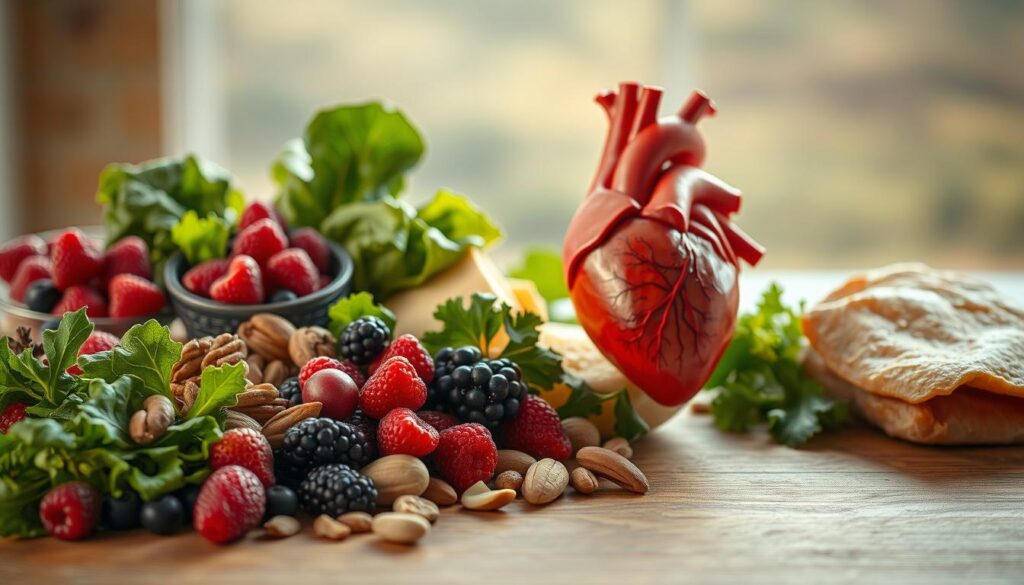
Studies have consistently highlighted the benefits of the DASH (Dietary Approaches to Stop Hypertension) eating plan. This approach emphasizes fruits, vegetables, whole grains, and lean proteins while limiting sodium and saturated fats. Following such guidelines can lead to noticeable improvements in both systolic and diastolic pressure within weeks.
How Diet Influences Hypertension and Heart Health
Specific nutrients in our meals can significantly impact cardiovascular conditions. Potassium, found in bananas and spinach, helps balance sodium levels in the body. Magnesium, abundant in nuts and seeds, supports blood vessel relaxation. Additionally, fiber from whole grains and legumes aids in maintaining healthy cholesterol levels, further protecting the heart.
Reducing salt intake is equally crucial. The American Heart Association recommends limiting sodium to no more than 2,300 mg daily, with an ideal target of 1,500 mg for those at risk of high blood pressure. Small changes, like choosing low-sodium canned vegetables or seasoning meals with herbs instead of salt, can make a big difference.
USDA Guidelines and Serving Sizes for Fruits and Vegetables
The USDA provides clear recommendations for daily fruit and vegetable consumption. Adults should aim for 2 cups of fruit and 3 cups of vegetables each day. These servings ensure adequate intake of essential vitamins, minerals, and antioxidants that support heart health.
| Food Group | Daily Serving | Examples |
|---|---|---|
| Fruits | 2 cups | Bananas, apples, berries |
| Vegetables | 3 cups | Spinach, carrots, broccoli |
Incorporating these guidelines into daily meal planning is easier than it seems. For example, adding a banana to breakfast, a side salad to lunch, and steamed vegetables to dinner can help meet these targets. By making these adjustments, we can take proactive steps toward better cardiovascular health.
Foods that help control blood pressure
Certain food groups stand out for their ability to support cardiovascular well-being. By focusing on nutrient-dense options, you can take meaningful steps toward better health. Let’s explore some of the best choices available.
Antioxidant-Rich Fruits and Vegetable Options
Fruits like blueberries and strawberries are packed with antioxidants. These compounds have been shown to reduce oxidative stress and support heart health. A 2020 review found that various types of berries lowered systolic levels by over 3 mm Hg.
Vegetables such as spinach and kale are rich in nitrates, which can relax blood vessels. Adding a side salad or steamed greens to your meals is an easy way to incorporate these benefits. Studies suggest that leafy greens can significantly improve cardiovascular markers.
🔥 Energy, Health & Vitality with Moringa Magic!
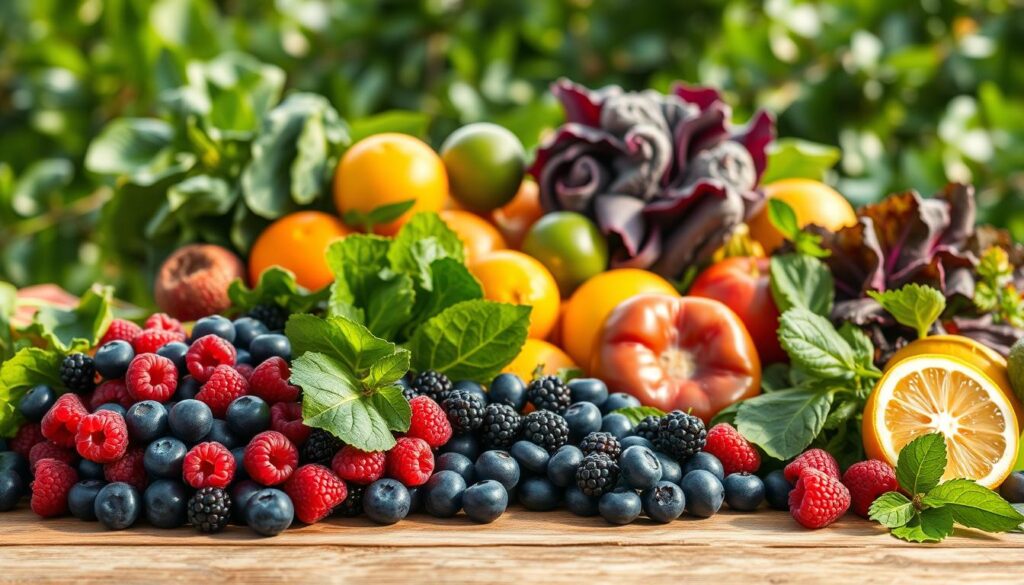
Whole Grains, Nuts, and Fermented Dairy Selections
Whole grains like oatmeal contain beta-glucan fiber, which may lower both systolic and diastolic levels. A review of 28 studies linked daily whole grain consumption to an 8% reduced chance of hypertension.
Nuts, particularly pistachios, are excellent sources of healthy fats and magnesium. These nutrients support blood vessel relaxation and overall heart health. Including a handful of nuts in your daily snack routine can make a difference.
Fermented dairy products like yogurt are rich in calcium, potassium, and magnesium. A 2021 study highlighted that increasing yogurt consumption by one serving daily was associated with a 1.44 mm Hg reduction in systolic levels. Opt for unsweetened varieties for maximum benefits.
Here are some practical ways to incorporate these foods into your diet:
- Add a medium banana to your breakfast for a potassium boost.
- Enjoy a cup of yogurt with fresh berries as a midday snack.
- Include a handful of nuts in your trail mix for a heart-healthy treat.
- Drink beet or pomegranate juice for an antioxidant-rich beverage.
By making these small changes, you can create a balanced diet that supports your cardiovascular health. Remember, every bite counts!
Nutrient Spotlight: Key Vitamins and Minerals for Lower Blood Pressure
Nutrients play a pivotal role in maintaining cardiovascular wellness. Certain vitamins and minerals are particularly effective in supporting healthy levels and reducing the risk of hypertension. By understanding their benefits, you can make informed choices to enhance your overall well-being.
✅ Discover the Benefits of Moringa!
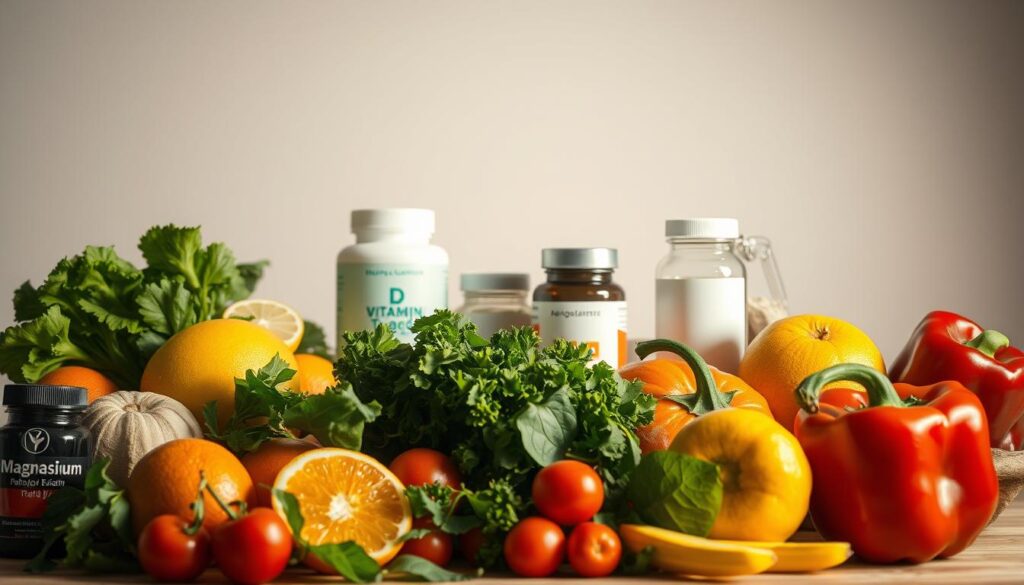
Benefits of Potassium, Magnesium, and Nitrates
Potassium is essential for balancing sodium levels in the body. Research shows that increasing potassium intake can reduce sodium-induced spikes, supporting healthier blood vessel function. Foods like bananas and spinach are excellent sources of this vital nutrient.
Magnesium plays a key role in relaxing blood vessels, which helps maintain optimal levels. Studies indicate that a daily intake of 365–450 mg can significantly improve cardiovascular markers. Nuts, seeds, and whole grains are rich in magnesium.
Nitrates, found in beets and leafy greens, support nitric oxide production. This compound aids in improving blood flow and reducing hypertension. Incorporating these foods into your diet can have a noticeable effect on heart health.
Flavonoids and Other Heart-Healthy Compounds
Flavonoids are powerful antioxidants found in dark chocolate and berries. These compounds have been shown to reduce oxidative stress and improve cardiovascular function. A 2020 review highlighted their ability to lower systolic levels by over 3 mm Hg.
These nutrients work synergistically to support heart health over time. For example, combining potassium-rich foods with magnesium sources can enhance their individual effects. This approach not only lowers hypertension but also reduces the risk of heart disease.
Incorporating these key vitamins into daily meals is easier than you might think. Add a banana to your breakfast, snack on a handful of nuts, or enjoy a beet salad for lunch. Small changes can lead to significant improvements in your cardiovascular wellness.
Smart Cooking Tips for a Low-Pressure Diet
Transforming your kitchen habits can make a big difference in your health journey. By focusing on simple techniques and creative recipes, you can enjoy delicious meals while supporting your cardiovascular wellness. Here are some practical tips to get started.
🌟 The Natural Secret to a Healthier Life!

Creative Meal Ideas: Breakfast, Snacks, and Smoothies
Start your day with a nutrient-packed breakfast. A bowl of oatmeal topped with fresh berries and a sprinkle of seeds provides fiber and healthy fats. For a quick snack, try a cup of Greek yogurt with sliced bananas and a dash of cinnamon. Smoothies are another great option—blend spinach, a tomato, and a handful of nuts for a refreshing drink.
Here are more ideas to inspire your meals:
- Whole grain toast with avocado and a sprinkle of seeds.
- A cup of mixed nuts and dried fruit for a portable snack.
- Smoothies with kale, pineapple, and a dash of ginger.
Incorporating Foods into Salads, Soups, and Stir-Fries
Salads are a versatile way to include more vegetables in your diet. Add a tomato, cucumber, and a handful of seeds for extra flavor and texture. For soups, use low-sodium broth and load up on carrots, celery, and leafy greens. Stir-fries are quick and easy—sauté tofu or chicken with broccoli, bell peppers, and a dash of soy sauce.
Portion control is key. Use a cup to measure ingredients like rice or pasta. This ensures consistency and helps you avoid overeating. Avoid added sugar by using natural sweeteners like honey or fruit.
“Small changes in your cooking routine can lead to significant health improvements.”
Plan your meals for the day to include nutrient-dense options. For example, a stir-fry for lunch and a hearty soup for dinner can keep you satisfied while supporting your health goals. By mastering these techniques, you can create meals that are both delicious and heart-friendly.
Personal Lifestyle Adjustments to Complement My Diet
A balanced lifestyle is more than just what you eat—it’s how you live. Small, consistent changes can significantly impact your health. By focusing on reducing salt, alcohol, and processed foods, you can lower your risk of hypertension. Adding regular exercise and stress management techniques further enhances these benefits.
Everyday Strategies for Reducing Salt, Alcohol, and Processed Foods
One practical way to improve your health is by limiting salt intake. I replace salt with herbs and spices to flavor my meals. Cutting back on alcohol is another key step. I stick to one drink per week or less. Processed foods are often high in sodium and unhealthy fats, so I focus on whole, unprocessed options.
Planning meals in advance helps me stay on track. I create a weekly schedule that includes fresh fruits, vegetables, and lean proteins. This approach ensures I’m eating nutrient-dense meals without relying on convenience foods.
Integrating Exercise and Stress Management for Better Results
Exercise is a vital part of my routine. I choose activities I enjoy, like walking, yoga, or swimming. Research shows that even 30 minutes of moderate exercise most days can lower risk factors for hypertension. Finding the right type of activity makes it easier to stick with it long-term.
Stress management is equally important. I practice deep breathing and meditation daily. These techniques help me stay calm and focused, which positively impacts my overall well-being.
| Adjustment | Benefit | Example |
|---|---|---|
| Reduce Salt | Lowers sodium intake | Use herbs instead of salt |
| Limit Alcohol | Reduces health risks | One drink per week |
| Exercise Regularly | Improves heart health | 30 minutes of walking |
| Manage Stress | Supports mental health | Daily meditation |
“Small changes in your daily habits can lead to significant improvements in your health.”
By making these adjustments, I’ve seen positive changes in my health. Monitoring your personal risk factors and taking one step at a time can help you achieve lasting results.
Conclusion
Small, consistent changes in diet and lifestyle can lead to significant improvements in cardiovascular health. By focusing on nutrient-rich choices like leafy greens and whole foods, you can support your overall well-being. These options are a great source of potassium, magnesium, and heart-healthy compounds that benefit your vessel health.
Smart cooking techniques, such as using herbs instead of salt and incorporating more green vegetables, can make a big difference. Pairing these habits with regular exercise and stress management further enhances their impact. Even minor adjustments in your daily intake can lower the risk of disease and improve your health level.
I encourage you to use reliable sources and research data to guide your choices. Start by adding more leafy green options and whole foods to your meals. These small steps can lead to lasting improvements in your cardiovascular wellness.
FAQ
How does my diet affect my blood pressure?
What are some antioxidant-rich fruits and vegetables I should include in my meals?
Are whole grains and nuts beneficial for maintaining healthy blood pressure levels?
How can I add potassium and magnesium to my diet?
What are some creative ways to prepare low-pressure meals?
What lifestyle changes can I make to support my diet?
Did you like this article? See also: Discover Foods that Help Control Blood Pressure

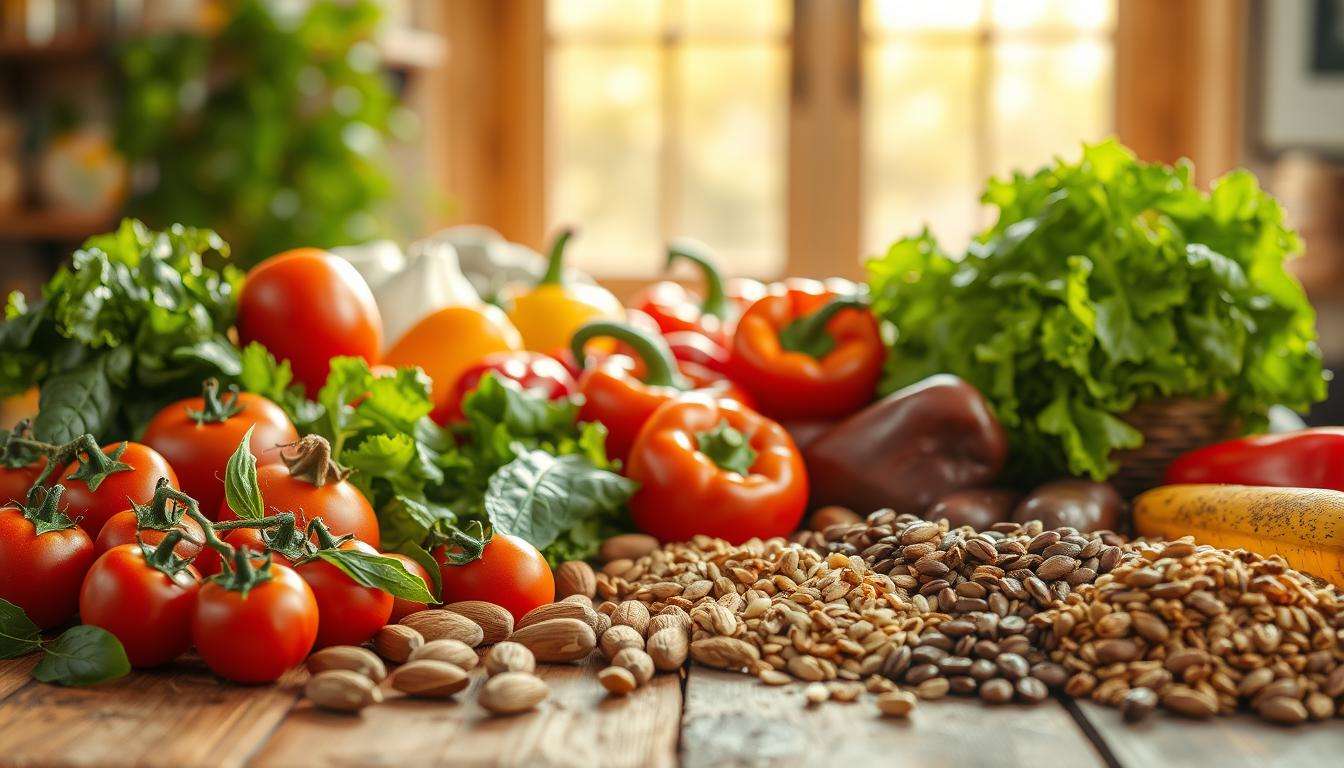
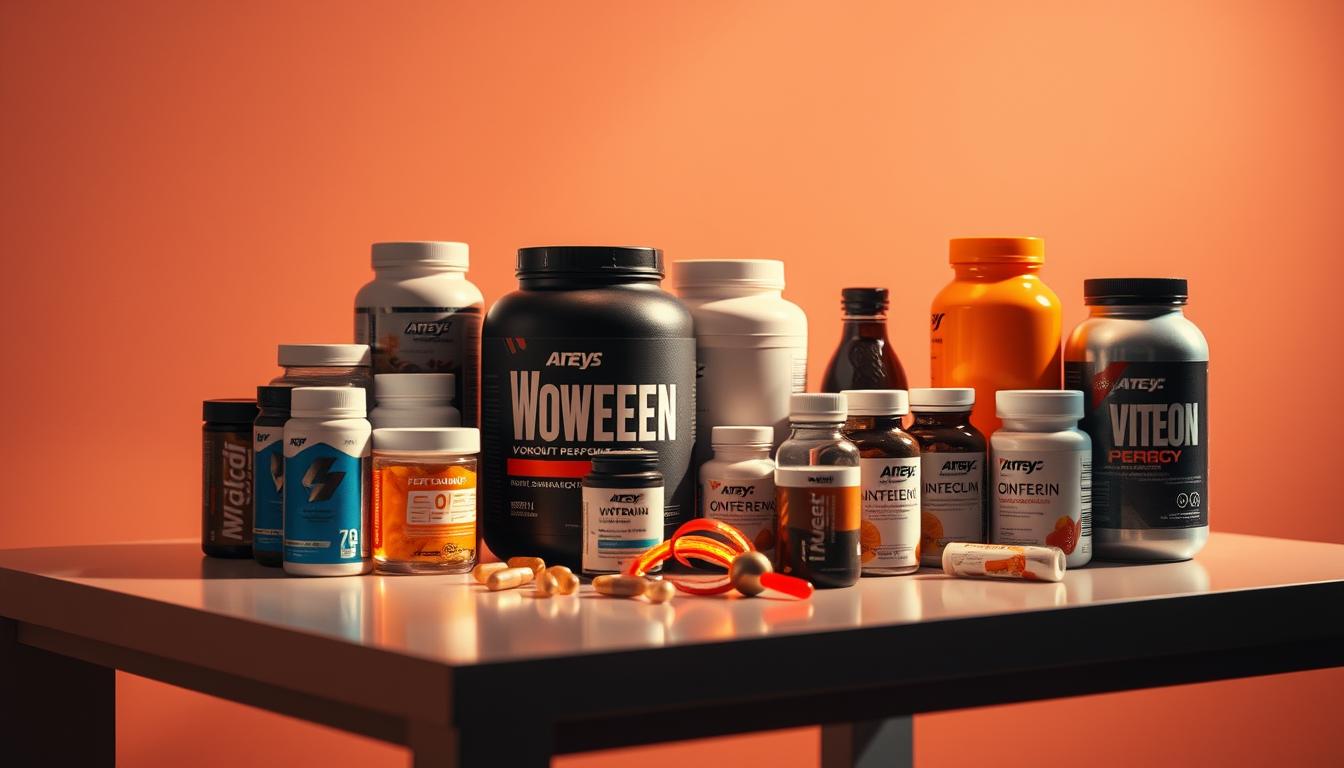
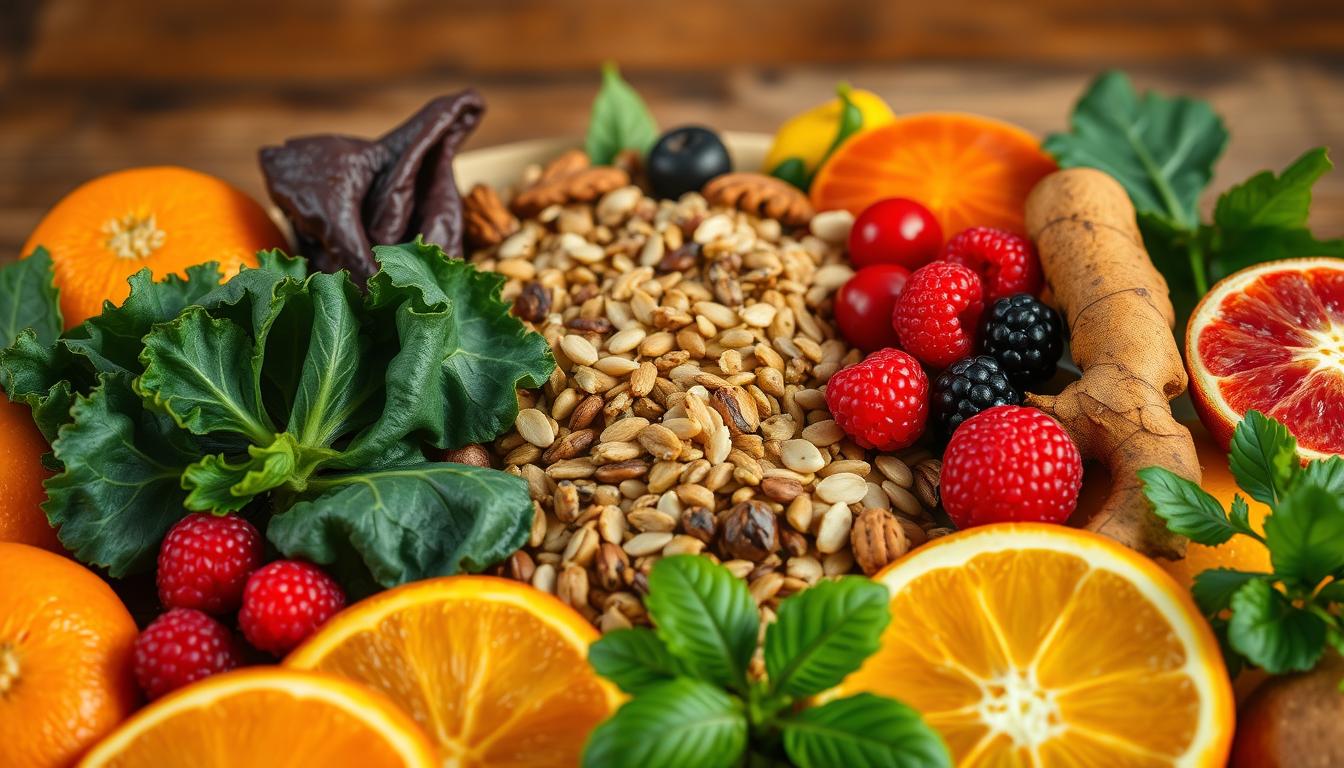

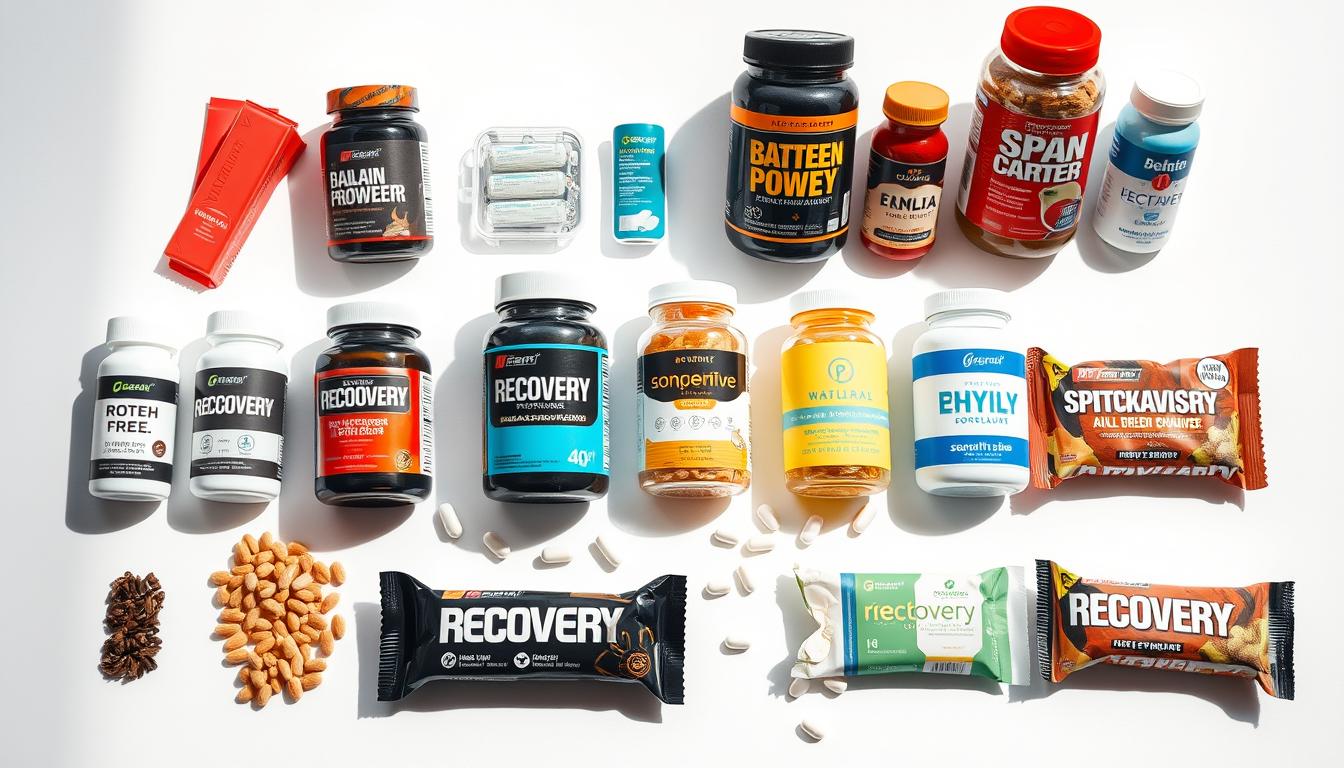
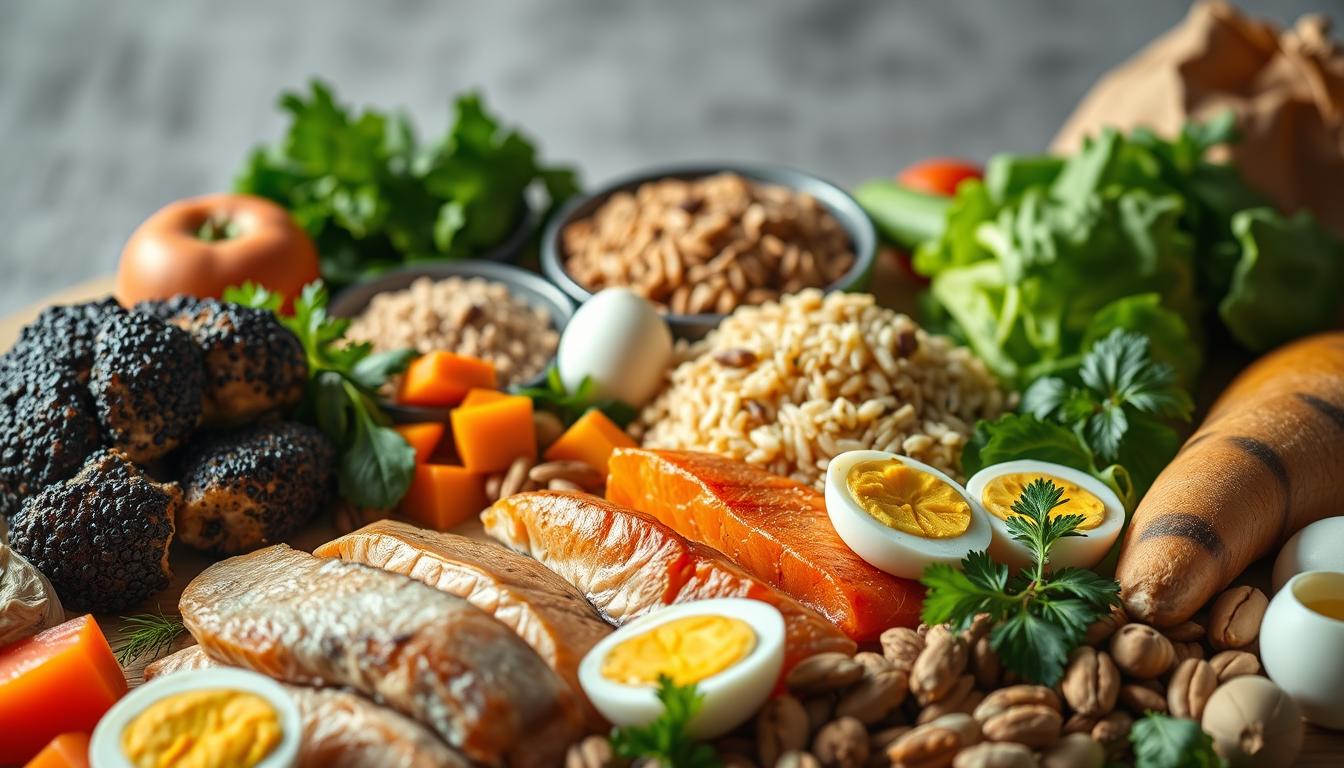
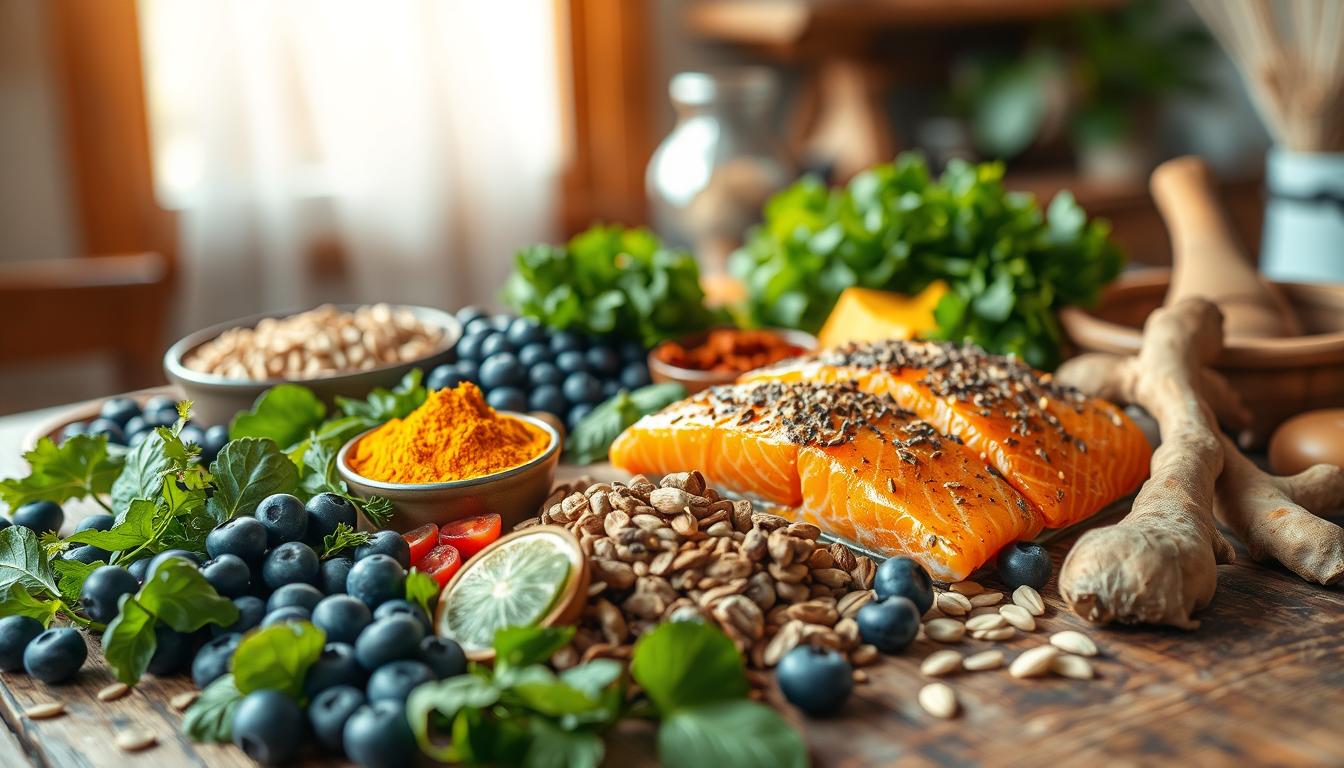
Comment on “Discover Foods that Help Control Blood Pressure”